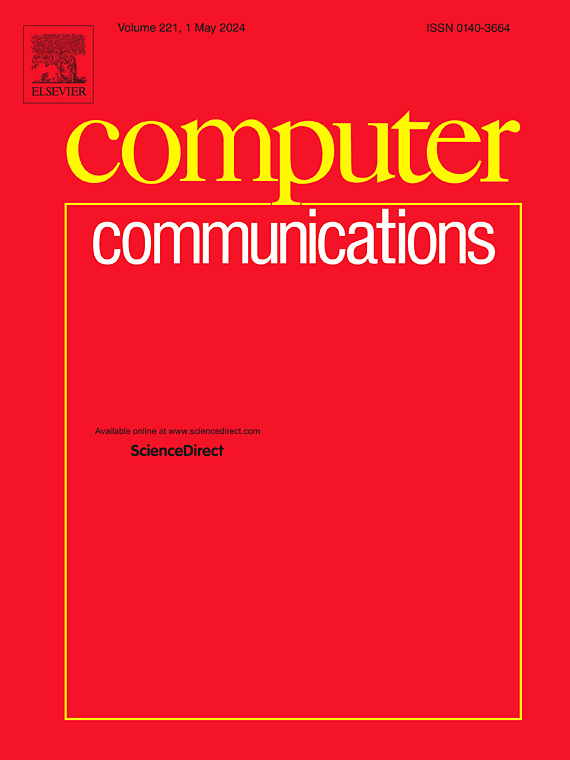Next-generation cloudlet federation for Internet of Things in healthcare: Enhancing response time and energy efficiency
IF 4.5
3区 计算机科学
Q1 COMPUTER SCIENCE, INFORMATION SYSTEMS
引用次数: 0
Abstract
The integration of the Internet of Things (IoT) with edge computing has revolutionized various sectors, including healthcare, by enabling timely patient monitoring and service availability. These services encompass emergency responses, regular treatment, and physician assistance. Healthcare systems leverage mobile edge computing, fog computing, and cloudlet computing to offload data and computations and minimize delays and energy consumption. However, edge computing solutions face limitations such as restricted area coverage, diverse service requirements, and insufficient computational power, making them unsuitable for large-scale data processing and computation. To address the growing need for seamless patient information sharing among doctors and specialists across different hospitals, a resource-sharing solution, such as the cloudlet federation, is essential. Nonetheless, integrating IoT systems with cloudlet federations in healthcare presents challenges, primarily because of the necessity for mobile nodes such as ambulances, in addition to the fixed-edge nodes and brokers typical of traditional cloudlet federations. This study proposes a modified cloudlet federation model designed to overcome these challenges by effectively managing data from heterogeneous nodes. Our approach enhanced response times, reduced energy consumption, and ensured the availability of comprehensive patient information. The experimental results demonstrate a 49% improvement in response time and a 51% reduction in energy consumption compared with existing cloud-based solutions.
求助全文
约1分钟内获得全文
求助全文
来源期刊

Computer Communications
工程技术-电信学
CiteScore
14.10
自引率
5.00%
发文量
397
审稿时长
66 days
期刊介绍:
Computer and Communications networks are key infrastructures of the information society with high socio-economic value as they contribute to the correct operations of many critical services (from healthcare to finance and transportation). Internet is the core of today''s computer-communication infrastructures. This has transformed the Internet, from a robust network for data transfer between computers, to a global, content-rich, communication and information system where contents are increasingly generated by the users, and distributed according to human social relations. Next-generation network technologies, architectures and protocols are therefore required to overcome the limitations of the legacy Internet and add new capabilities and services. The future Internet should be ubiquitous, secure, resilient, and closer to human communication paradigms.
Computer Communications is a peer-reviewed international journal that publishes high-quality scientific articles (both theory and practice) and survey papers covering all aspects of future computer communication networks (on all layers, except the physical layer), with a special attention to the evolution of the Internet architecture, protocols, services, and applications.
 求助内容:
求助内容: 应助结果提醒方式:
应助结果提醒方式:


